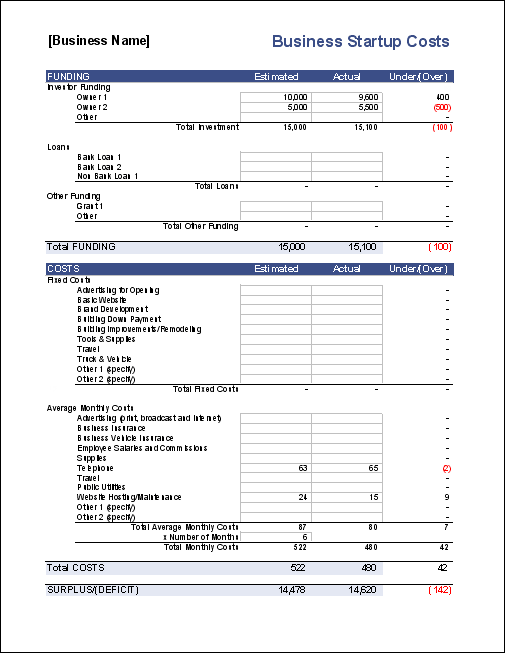Financial checklist can help keep business on budget
Post on: 25 Май, 2015 No Comment

Plan for a buffer in case it doesn’t
By ERIN POOLEY
00:00 EDT Wednesday, June 23, 2004 Page B15
For small-business owners, starting a new company can be a frustrating, exhausting and even scary experience.
Making sure everything adds up, planning for a buffer in case it doesn’t and accounting for future growth can become a giant headache if you’re not prepared.
The most important thing to do is have a financial plan or checklist, says Rob Paterson, senior vice-president of small-business banking at CIBC, who compares a small business to an economic factory.
The key to keeping a company financially healthy is creating just the right balance between the money coming in and going out.
All a business plan does is push your thinking down a couple layers. How much money are you willing to put in? What are you going to price your product or service at? Who are you going to sell your products to and how much is it going to cost to build your product? That’s all a business plan is, he said.
After you’ve created a plan, figure out how to maximize profit using the company’s existing cash flow.
For receivables, or payments owed to the company by its clients, small businesses should pull the money in as quickly as possible. Every time you extend greater terms — 30, 60 or 90 days — that’s costing you money, Mr. Paterson said.
For payables, or monies owed by the company, it’s exactly the opposite. Hold on to your money for as long as possible, he said, in order to avoid having to borrow money to produce more inventory or increase your sales. Using electronic banking can help, he added.
If borrowing money becomes necessary, there are a number options available for small businesses.

Wayne Lee, a business services officer at the Canada/British Columbia Business Services Society, said small companies should consider approaching outside investors.
It brings on another set of skills, he said. The value they contribute can very often go beyond any monetary investment they contribute as well.
Bruno Amadi, a partner with KPMG, said there are also ways small businesses can pay less income tax. These include corporate reorganizations, transfer pricing for companies that do cross-border business and offshore investments.
Finally, it is important to have a really open discussion with a team of advisers — including a banker, accountant or bookkeeper — on a regular basis.
It’s also important to have a succession plan in place at least 10 years before handing over any small or medium-sized business, said John Warrillow, president of Toronto-based Warrillow Co. The plan should be reviewed annually by an advisory board.
The Globe and Mail














